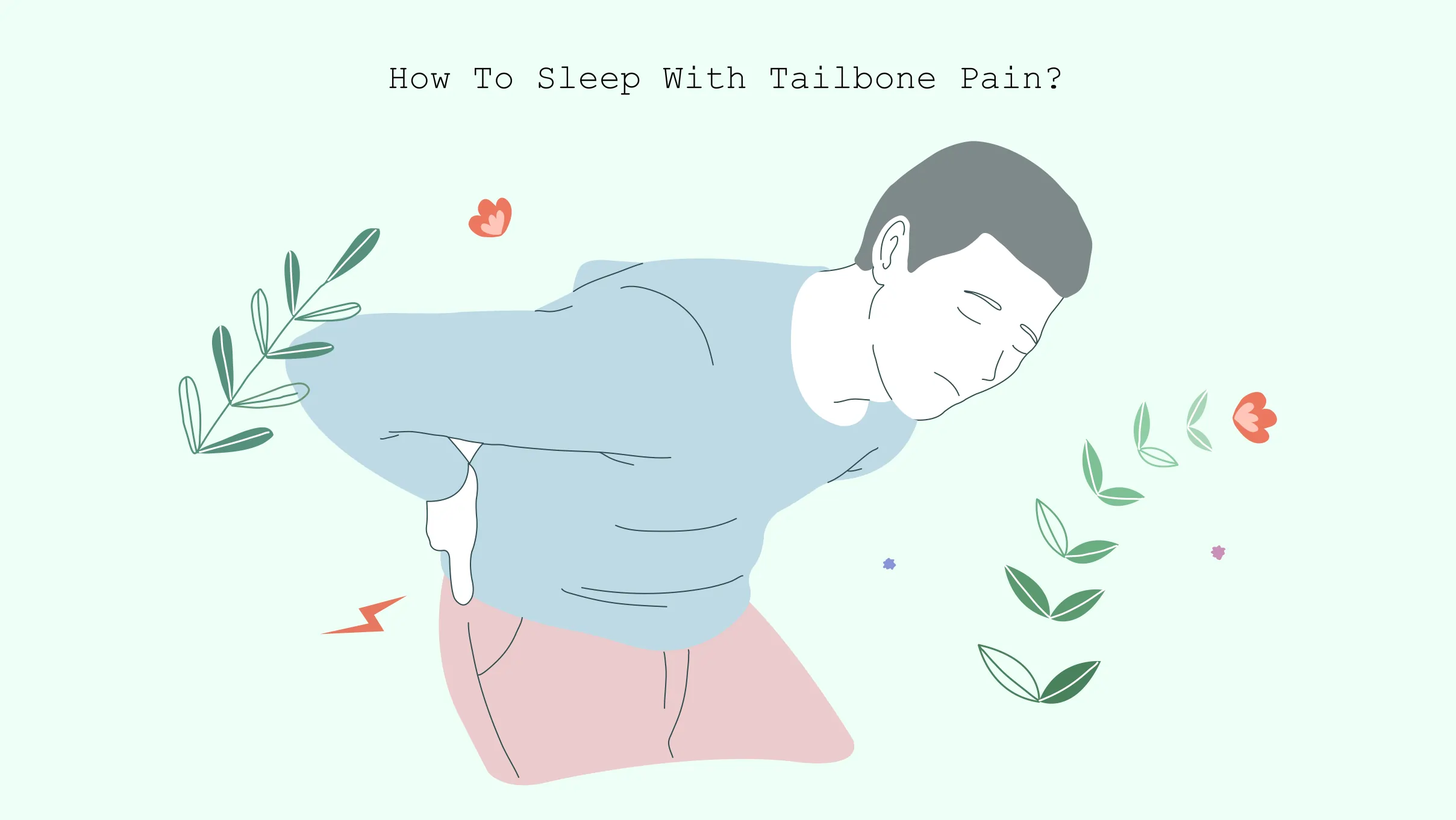How to Sleep With Tailbone Pain
Fact Checked
Up to date
Update: July 20, 2023
Share
Written by

Content Writer
Medical reviewed by

Dentist & Medical Writer

0
people like this article
Share
Written by

Content Writer
Bachelor's Degree in English Literature
7 years of experience as a content writer
Has experience writing for various industries, including health and wellness, travel, and technology
Medical reviewed by

Dentist & Medical Writer
Meet Dr. Sugandh Goel, an experienced dentist with a passion for innovative healthcare solutions. Additionally, she is a skilled medical writer, dedicated to creating a ripple effect of health awareness and spreading positivity and wellness around.







